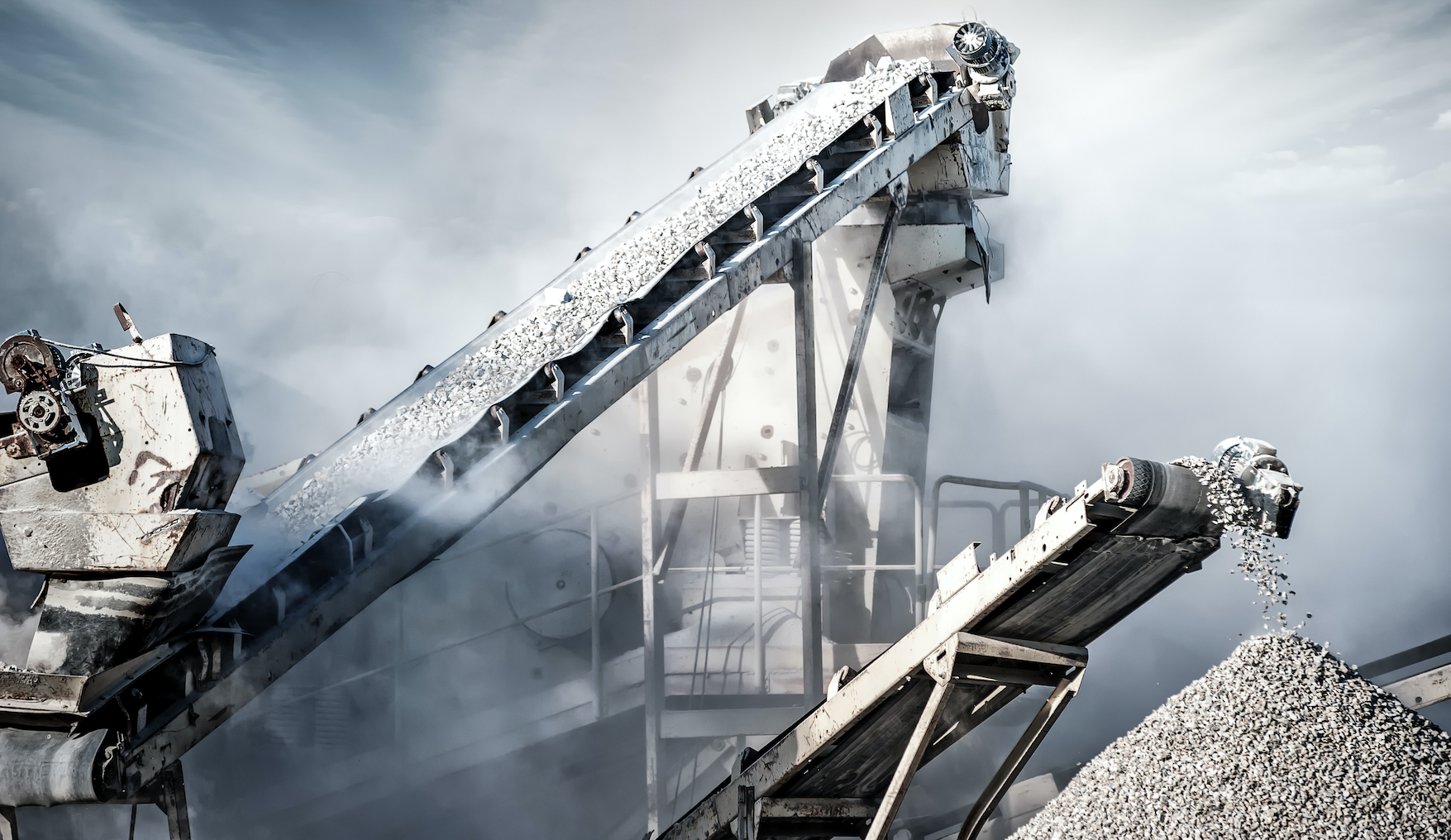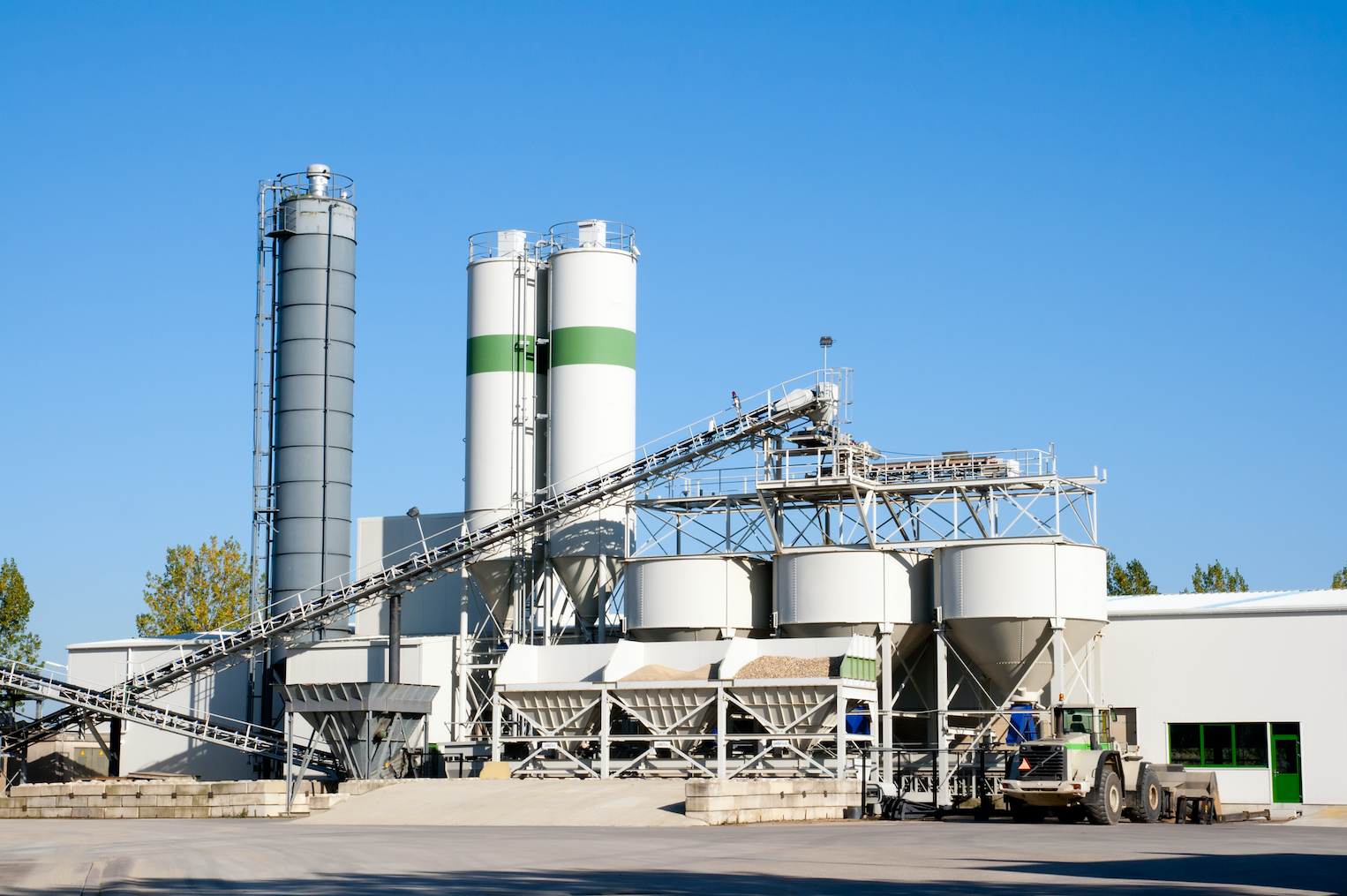Concrete is Made with Cement
Cement
Cement is probably the most commonly used building material in the world and it plays a vital role in every construction project around the world. It is a fine powder consisting of various minerals, primarily composed of calcium silicates and aluminates. Cement is mixed with water to create a paste that hardens over time, forming a strong and durable material commonly used for constructing buildings, bridges, roads, and almost all infrastructure.
The origins of cement can be traced back thousands of years to ancient civilizations. The earliest known use of cement-like materials dates back to around 7000 BC in ancient Mesopotamia, where people used a combination of lime and gypsum to create a form of mortar. This early mortar was used for bonding bricks together in construction.
The ancient Egyptians also made significant advancements in cement-like materials. They developed a substance called "lime plaster," which was made by burning limestone and then grinding it into a powder. This powder was mixed with water to form a paste that could be applied to walls, creating a smooth and durable surface. Lime plaster was used extensively in the construction of temples, palaces, and tombs, including the famous pyramids.


However, it was the ancient Romans who made the most significant contributions to the development of cement. They created a revolutionary material known as "pozzolana cement," named after the volcanic ash called "pozzolana" found near the city of Pozzuoli in Italy. The Romans discovered that by combining lime with pozzolana, they could produce a mortar that hardened quickly and became extremely strong. This new cement-like material was used to build magnificent structures such as the Colosseum and aqueducts that still stand today.
Despite these early advancements, the production of cement on a larger scale did not occur until the 19th century. In 1824, Joseph Aspdin, a British bricklayer, invented modern Portland cement. He heated a mixture of limestone and clay to high temperatures, resulting in the formation of clinker. The clinker was then ground into a fine powder, which when mixed with water, formed a paste that hardened into a durable substance. Aspdin named his invention "Portland cement" because it resembled the natural limestone found on the Isle of Portland in England.
Since then, cement production techniques have continued to evolve and improve. Modern cement manufacturing involves the precise combination of raw materials, including limestone, clay, shale, iron ore, and other minerals. These materials are crushed, ground into a fine powder, and then heated to high temperatures in a kiln. The resulting clinker is finely ground again to produce cement powder.
Today, cement is one of the most widely used construction materials worldwide and its versatility, strength, and durability make it an essential component in various applications. From concrete driveways to the foundations of buildings, to the creation of concrete for roads and bridges, cement is a fundamental element of modern infrastructure.
In conclusion, cement is a crucial building material with a rich history that spans thousands of years. From the ancient civilizations of Mesopotamia and Egypt to the innovative techniques of the Romans and the modern production methods, cement has evolved and become a cornerstone of construction. Its development and use have shaped the environment we live in today, providing the foundation for countless structures around the world.
Call Us today at (216) 677-1033 for a free quote. You'll be glad you did!
Precision Concrete Contractors
